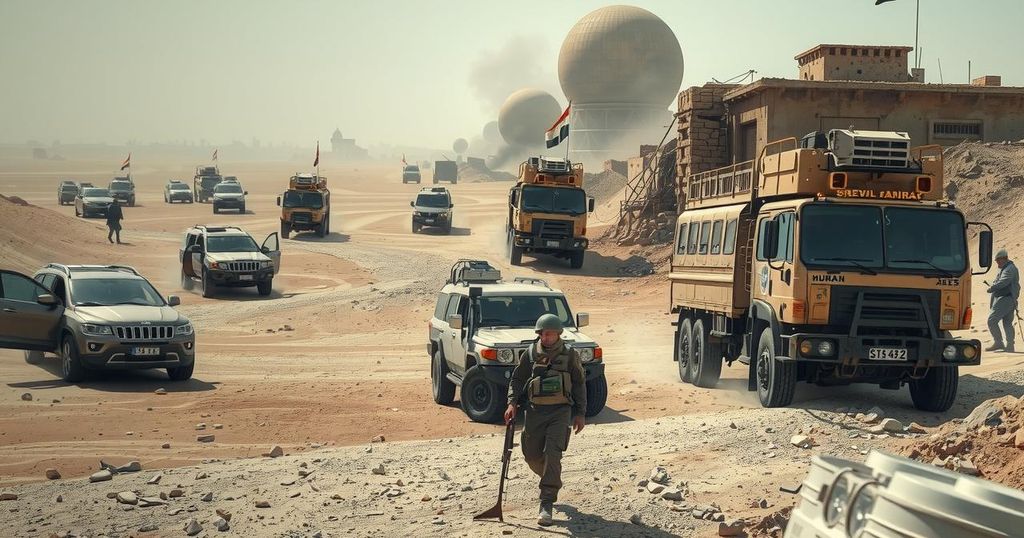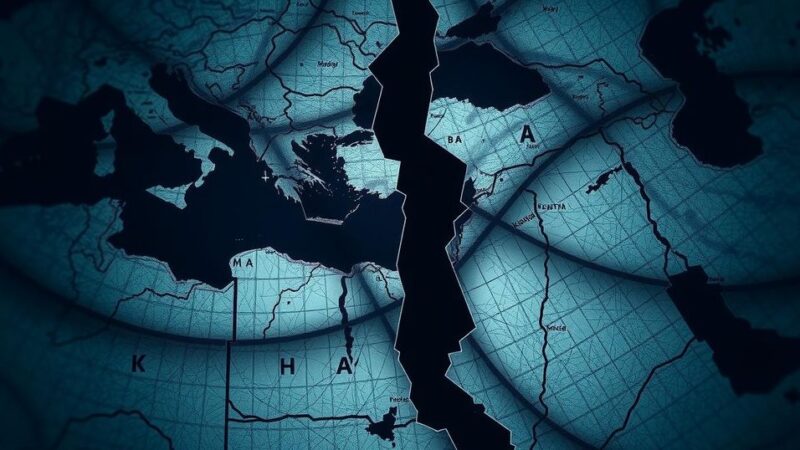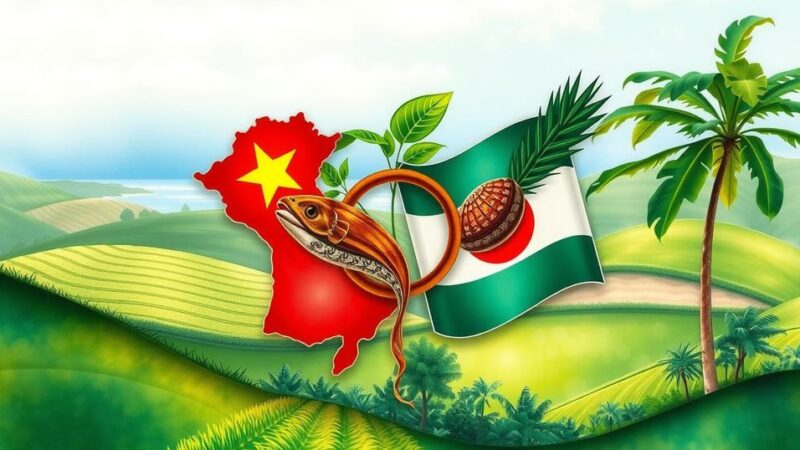Thawra newspaper reports a Syrian security operation against Hezbollah in Sayyidah Zainab, revealing escalating tensions between Iran and Syria. Accusations against Hezbollah operatives of infiltration and lethal engagements with Syrian forces are discussed. Iran’s long-standing influence through direct intervention and proxies like Hezbollah remains a central concern for regional stability.
A report by the Syrian newspaper Thawra, published on March 28, 2025, reveals a recent security operation targeting Hezbollah cells in the Sayyidah Zainab region near Damascus. The Syrian Ministry of Interior’s Rural Damascus Security Directorate announced via social media on March 27 that these cells had planned “criminal operations” aimed at destabilizing local security. Visual evidence from Syrian media shows the apprehension of three suspects during this operation.
The article notes rising tensions between the Iranian regime and Syrian authorities, with the Syrian Ministry of Defense accusing Hezbollah of infiltrating Syrian territory, resulting in the deaths of three soldiers from the newly formed Syrian army. This incident has elevated scrutiny regarding Tehran’s longstanding influence in Syria, which has been prevalent since the onset of the Syrian conflict in 2011.
Moreover, the Thawra report outlines Iran’s use of direct military actions and proxy forces such as Hezbollah to maintain its foothold in Syria. Hezbollah’s significant involvement dates back as far as the 2013 battle of Qusayr, while the Quds Force of the Islamic Revolutionary Guard Corps (IRGC), notably under the late Qassem Soleimani, provided essential military support, training, and intelligence to the Assad regime against anti-regime protests.
Additionally, Iran’s involvement in Syria encompasses the IRGC’s direct presence since the conflict’s beginning, with claims of over 2,100 IRGC fighter casualties recorded by March 2017. Thawra also implicates Iran in aiding the Assad regime with chemical weapon usage, particularly regarding the 2013 Ghouta attacks that claimed many civilian lives. The collaboration with forces like Russia and Hezbollah has been pivotal for these military efforts.
The report highlights the significance of the Syria-Lebanon border as a critical corridor for Hezbollah’s illicit operations, including arms and drug trafficking, allegedly coordinated with Iranian support. The 375-kilometer border has seen escalating conflicts recently, substantiated by various reports of Hezbollah’s cross-border operations.
Concluding the report, Thawra stresses that Iranian interference in Syria—manifested through direct military engagement and proxy forces like Hezbollah—is a significant factor influencing regional security and stability. The crackdown on Hezbollah cells in Sayyidah Zainab points to ongoing strife between Tehran and Damascus concerning Iranian influence in the area.
The Iranian clerical regime has mobilized its IRGC forces, as well as the Zeynabiyoun and Fatemiyoun brigades, since the 2011 uprisings under the pretense of protecting the Sayyidah Zainab holy site from perceived threats posed by Salafi and Sunni insurgents. However, it has been reported that responsibility for safeguarding this Shiite site has now shifted to the new Syrian government, following the ousting of the Assad regime.
In summary, the Thawra report highlights the continuing tensions between Iran and Syrian authorities, particularly concerning Hezbollah’s operations within Syria. The Syrian government’s recent crackdown on Hezbollah cells underscores the complexities of Iranian influence in the region. Overall, the article presents a detailed account of Iran’s military and political maneuvers in Syria, which significantly impact regional stability and security.
Original Source: www.ncr-iran.org






